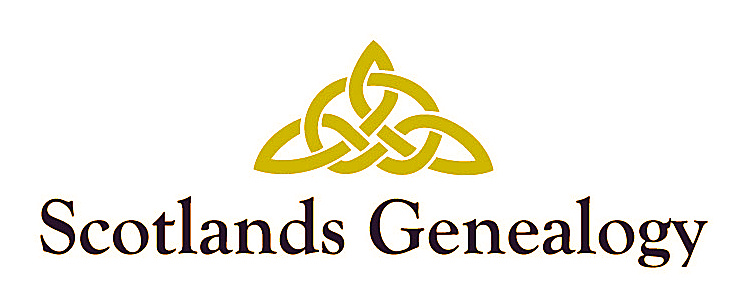 |
| Peebles & the Tweed |
Furthgangan Embro folk come hame
for three weeks in the year,
and Auld Reekie no the same,
fu sturrit in a steir *
To escape the thronging crowds of Edinburgh the 'Festival City' I recently spent the morning in the douce town of Peebles.I like Peebles.It retains the presence and atmosphere of a typical Scottish country burgh plus its history and location beside the Tweed are just waiting to be explored.
The purpose of the visit was to attend a Family History morning hosted by the Tweeddale Society.They had invited speakers from the Borders Archive and Local Heritage Centre based at the Heritage Hub in Hawick.
The first session was a practical workshop to introduce beginners to researching their family history,followed by a presentation 'Treasures of Peebles from the Archive.'
Rachel Hosker,Borders archivist explained how this new state of the art archive was very proactive : visiting local schools, hosting work shops,story tellers and attending family history events.The envy of other UK archives,the staff of twelve as well as dealing with general enquiries also provide help transcribing documents.They like to provide a balance of help and self.Equipped with twenty public seats and six access computers,the architects designed the building to enhance its light,bright space with controlled humidity and temperature.
Rachel then highlighted collections pertaining to Peebles from Town Council and Court records which had recently been transferred from the National Records of Scotland.She illustrated the contents of the collection with accounts of football in1570,Peebles own Salem witch trials and the unfortunate circumstances of Helen Horsburgh, a girl in the Poor Relief Records.
Future plans for the Hub are to continue the rolling programe of digitising archives with funding from the Heritage Lottery: police records,Poor Relief,postcards,diaries and town council minutes.Plus the kirk session records for the Border counties of Berwickshire,Selkirkshire,Roxburghshire and Peebleshire are also available.
Leaving the Chambers Institution through the close into the High St, above the burgh arms of Peebles depict two salmon in one direction and one lone fish in the opposite direction motto: (Against the stream they multiply) Flourish by going against the flow.With a new slogan -
Peebles for Pleasure- the town continues to live up to this by winning the top independent retailing town in Scotland and 2nd in the UK for the range of independent shops.After window shopping instead of following the vennels down to the Tweed I crossed the delightfully named Cuddy Burn to the old town.
This was originally outside the town walls and the Biggiesknowe claims to be the oldest street.Here cheek by jowl are the birthplaces of three famous natives of Peebles.
In the white cottage on the left were born William and Robert Chambers who established the famous publishing family W&R Chambers.Two doors down was the birthplace of John Veitch (1829-1894) Professor of Logic at Edinburgh and Glasgow Universities.
It had been an interesting morning learning about the local archives and resources combined with the short historical walk.It was time to return to the festival city.
In simmer,whan aa sorts foregether
in Embro to the ploy *
furthgangan - emigrant
Auld Reekie- Edinburgh
sturrit in a steir - stirred in confusion
Embro - Edinburgh
ploy - festival
Extracts from Robert Garioch poem 'Embro To The Ploy'











